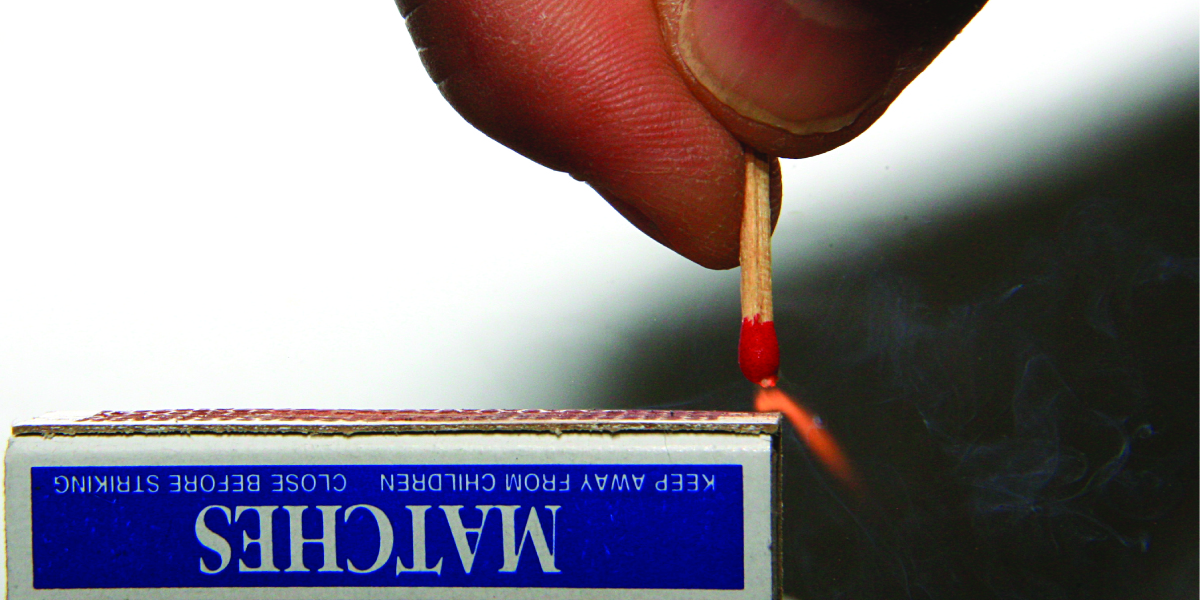Module 6. Thermochemistry
Background
Chemical reactions, such as those that occur when you light a match, involve changes in energy as well as matter. We harness chemical energy from the combustion of fuels (such as coal, petroleum, and natural gas) to power our modern world. Watch this cool movie made by the American Chemical Society. This module looks at different forms of energy (heat and work), how quantities of energy change during chemical reactions, and how we can measure and predict these changes.

Learning Objectives for Thermochemistry
- Define and identify energy in some of its forms, as well as its global relevance.
- Describe units and relative scales of energy, including high/low chemical potential energy and exothermic vs. endothermic reactions.
- Distinguish between types of energy systems and separate a reaction in an experiment into the system and the surroundings.
- Explain and illustrate the connection between temperature, heat, and direction of heat flow.
- Identify the relationship between heat, mass, temperature change, and heat capacities and solve problems that quantify heat flow.
- (a) Recognize the first law of thermodynamics as a statement of conservation of energy, with heat and work as two forms of energy. (b) Recognize the significance of internal energy and enthalpy as state functions.
- Explain the difference between enthalpy and internal energy and convert between heat and change in enthalpy
- Apply Hess’s Law to calculate the reaction enthalpy change.
- Use standard enthalpies of formation to calculate a reaction enthalpy change.
Why is this content important?
In the news: In 2012, about 85% of US energy consumption came from the combustion of petroleum products, coal, wood, and garbage. We use this energy to produce electricity (38%), to transport food, raw materials, manufactured goods, and people (27%), to use in industrial production (21%), and to heat and power our homes and businesses (10%). While these combustion reactions help us meet our essential energy needs, they are also recognized by the majority of the scientific community as a major contributor to global climate change. Explore the US Energy Information website for more interesting data.
Please use this form to report any inconsistencies, errors, or other things you would like to change about this page. We appreciate your comments. 🙂

